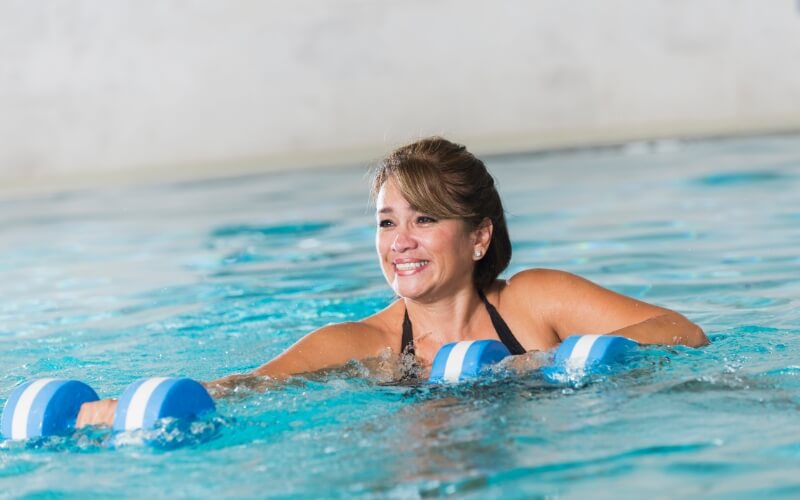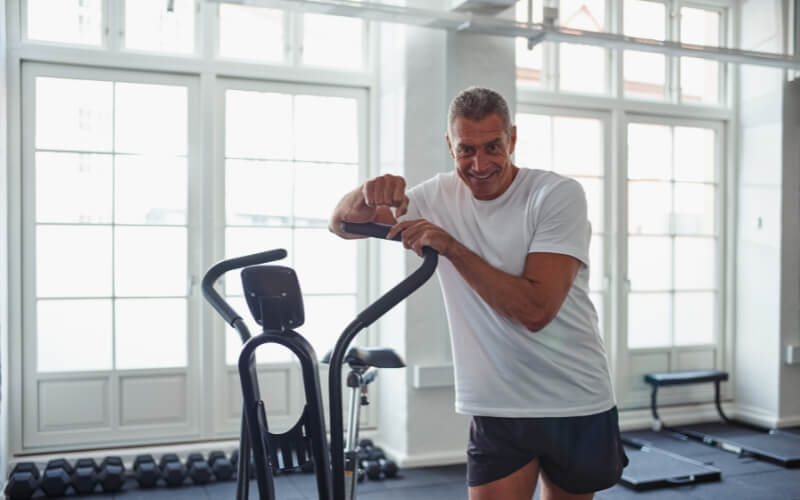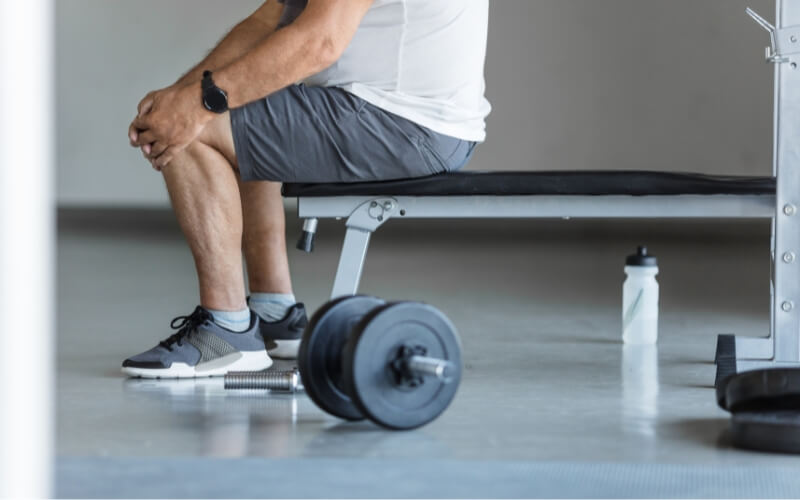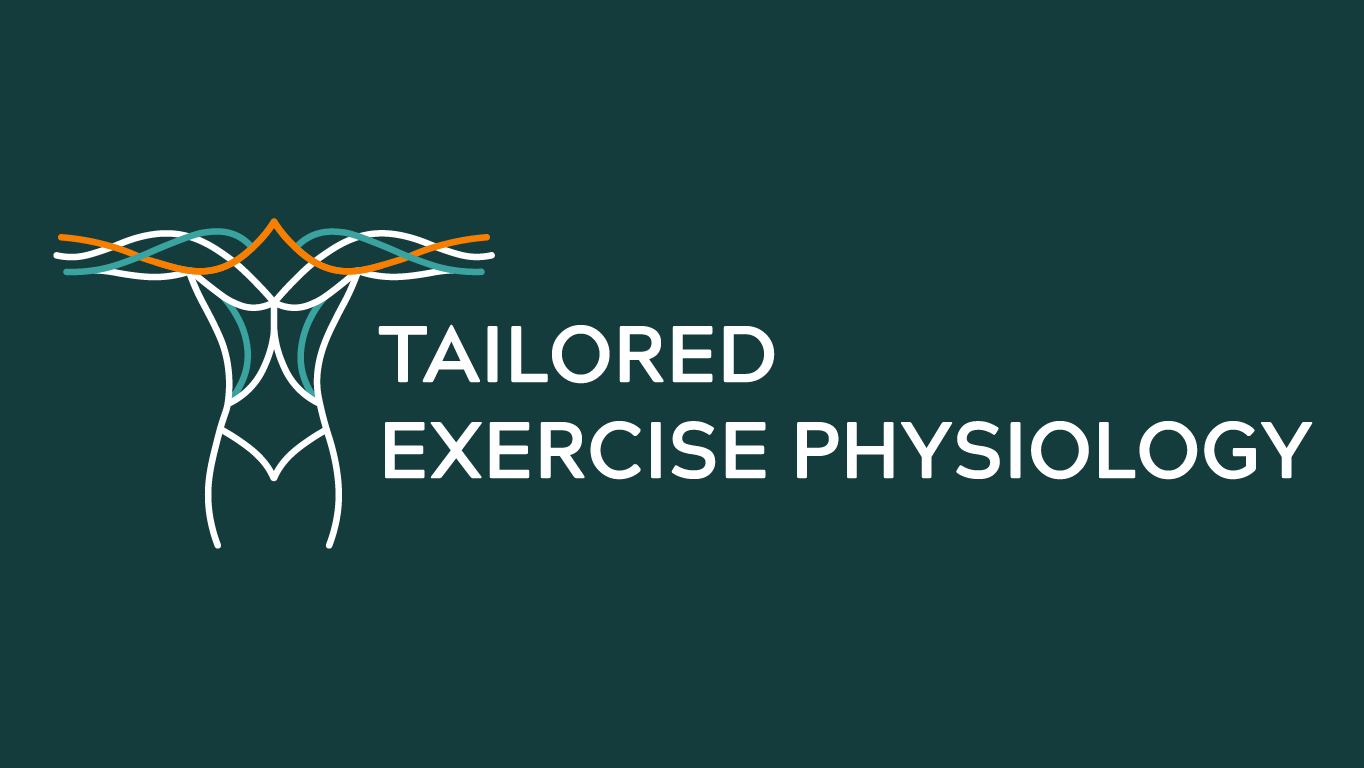Living with osteoarthritis poses unique challenges, marked by gradual degeneration of articular surfaces in synovial joints. It most commonly occurs in the hips, knees, ankles and hands. With no real cure, it is one of the leading burdens of disability in walking, stair climbing and housekeeping.
A combination of treatment strategies have been developed to minimise the effects of this burden. These usually include a combination of medications, exercise therapy, and where relevant, surgery. However, the choice of treatment strategy varies based on the individual, and surgical intervention is usually only indicated after conservative treatments have been exhausted.
In today’s focus, we delve into the effects of exercise therapy on osteoarthritis, uncovering both local and systemic benefits that contribute to enhanced well-being.

Local effects of exercise on osteoarthritis:
Engaging in targeted exercises results in increased strength of the associated muscle groups, encouraging significant improvements in pain and function.
For example, exercises for knee pain would involve strengthening the quadriceps and supporting musculature, but would have little effect to strengthen the arms.
A proposed mechanism for these improvements include greater shock-attenuating capacity of the muscle-joint complex due to optimised loading strategies when weightbearing. In other words, the muscles and joints are working more effectively which changes the localised stress on articular cartilage for meaningful changes in pain and function.
Regular exercise for osteoarthritis can also improve or preserve joint range of motion and positively impact the progression of disability by encouraging a greater range of pain-free movement.
Systemic effects of exercise on osteoarthritis:
Elevating fitness levels goes beyond the physical, it also has been associated with advantageous changes to quality of life. With improved fitness, individuals gain a broader range of available tasks and therefore can participate in a wider array of activities of daily living. This empowerment marks a critical stride toward a more fulfilling and active lifestyle when living with osteoarthritis.

Some key facts:
Exercise for knee pain or other types of arthritis have been established as an effective strategy for pain management. It’s effectiveness even rivals that of typical medications such as common analgesics and non-steroidal anti-inflammatories.
Consistency is key. The changes that occur with exercises for arthritis are typically felt for up to 6 months following cessation of the program. This underscores the need for ongoing physical activity to maintain the benefits.
Face to face contact with your health professional is important. The research of multiple studies have established that face-to-face contact, rather than self-managed strategies, are more effective at yielding meaningful results.
Land-based aerobic and strength exercise as well as water-based exercises for arthritis can all be effective for improvements in pain and function. However, it’s important to note that certain forms of exercise, such as tai chi, yoga, and stretches, have not garnered the same level of proven effectiveness in scientific literature.

Final words:
Crafting a strategic exercise program under the guidance of your exercise physiologist will prove beneficial in improving the burdens of osteoarthritis such as pain, function and quality of life.
Reach out to your exercise physiologist to create a tailored plan that will bring relief to your pain, enhance your functionality, and enrich your overall quality of life.


